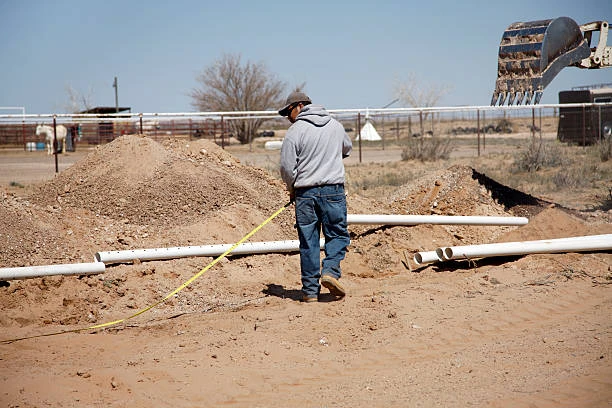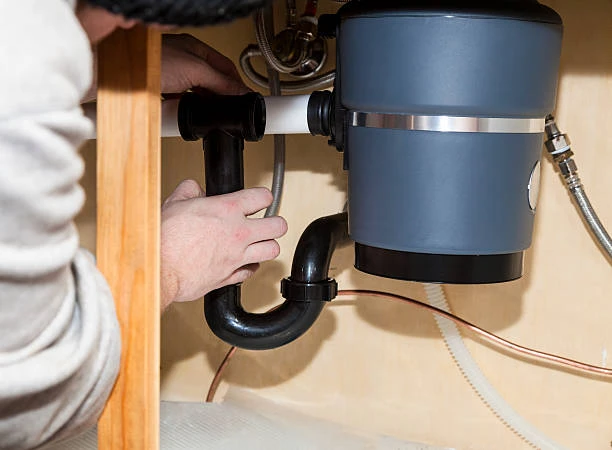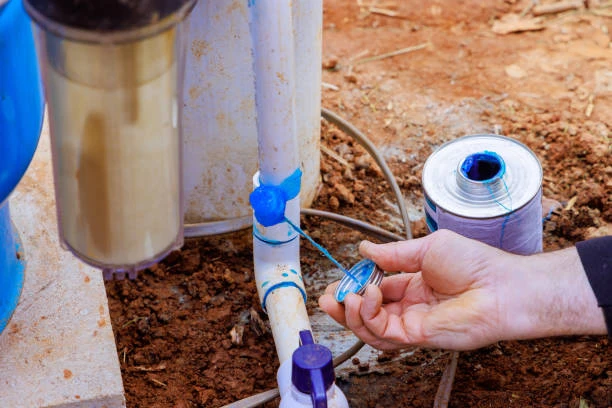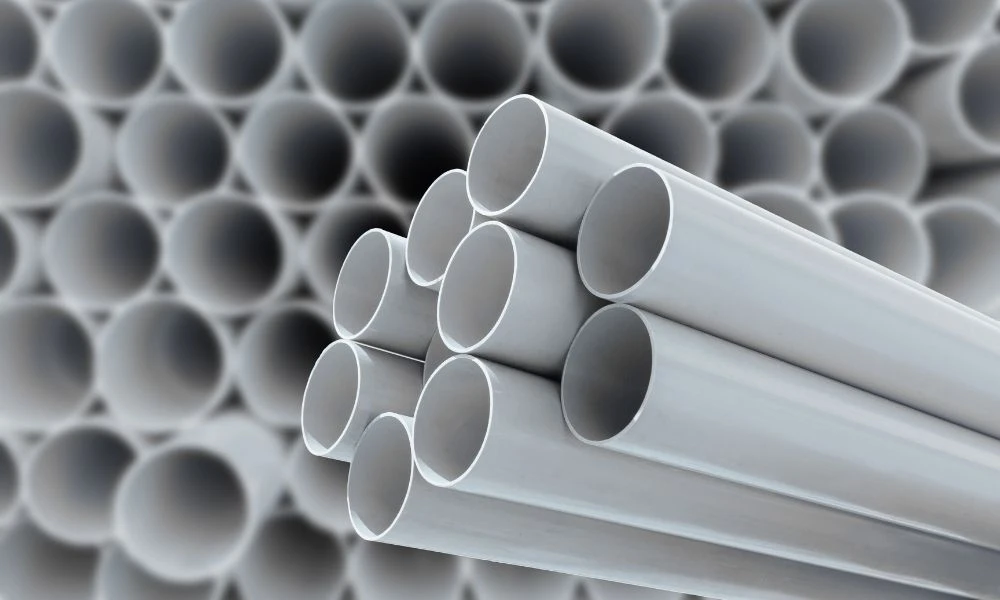In recent developments, Westlake Chemical Corporation and several major PVC pipe manufacturers have found themselves entangled in a price-fixing lawsuit that has raised eyebrows across the industry. This legal action not only sheds light on the competitive landscape of the PVC market but also has significant implications for consumers and contractors who rely on CPVC fittings and other plumbing materials. In this article, we will explore the details of the lawsuit, its potential impact on the market, and delve into the characteristics and advantages of CPVC fittings.
Understanding the Lawsuit
The lawsuit accuses Westlake and other leading PVC pipe manufacturers of conspiring to fix prices on PVC products, including CPVC fittings. This alleged collusion could potentially lead to inflated prices for consumers, impacting both residential and commercial construction projects. The legal ramifications could be severe, as price-fixing is a violation of antitrust laws designed to promote fair competition.
The accusations suggest that these companies coordinated efforts to control the pricing of their products, which could artificially increase costs for end-users, including plumbers and builders who depend on affordable materials for their projects. If proven true, this could result in hefty fines and changes in how these companies operate in the future.
Implications for the Industry
The PVC pipe market is an essential segment of the construction industry, providing critical materials for plumbing, drainage, and various infrastructure applications. The outcome of the lawsuit could have far-reaching effects, including:
1. Price Volatility
If the allegations are upheld, the court’s decision could lead to substantial price adjustments in the market. Consumers may experience fluctuations in the cost of CPVC fittings and other PVC products, making budgeting for projects more challenging. Price volatility can create uncertainty for contractors and builders who plan their purchases well in advance.
2. Supply Chain Disruption
Legal battles often create ripples throughout the supply chain. Suppliers and distributors may face challenges in sourcing materials if manufacturers adjust production levels in response to the ongoing litigation. This could lead to shortages in CPVC fittings and other essential components, delaying projects and increasing costs further.
3. Market Competitiveness
The lawsuit may prompt regulatory scrutiny over the practices of the involved companies. Increased oversight could lead to heightened competition, with new players entering the market to fill any gaps left by established manufacturers. This competition could benefit consumers through improved pricing and innovation in product offerings.

The Importance of CPVC Fittings
CPVC (Chlorinated Polyvinyl Chloride) fittings are a crucial component in plumbing systems, known for their durability, resistance to high temperatures, and ease of installation. Understanding the value of these fittings is essential, especially amidst discussions of market integrity and pricing.
Advantages of CPVC Fittings
CPVC fittings are favored for numerous reasons, making them a popular choice among contractors and homeowners alike:
1. High Temperature Resistance
One of the standout features of CPVC fittings is their ability to withstand high temperatures. With a tolerance of up to 200°F (93°C), they are ideal for hot water applications. This characteristic ensures that hot water can flow safely through the pipes without risking damage to the fittings.
2. Corrosion Resistance
Unlike metal piping systems, CPVC does not corrode or rust. This resistance to chemical degradation makes it suitable for various environments, including those with high acidity or alkalinity. As a result, CPVC fittings maintain their structural integrity over time, reducing the need for replacements.
3. Cost-Effectiveness
While the initial investment in CPVC fittings may be higher than some alternatives, their longevity and low maintenance requirements make them a cost-effective choice in the long run. Contractors and homeowners can expect fewer repairs and longer service life from CPVC systems.
4. Ease of Installation
CPVC fittings are lightweight and easy to handle, making installation straightforward. They can be joined using solvent cement, eliminating the need for welding or specialized tools. This simplicity saves time and reduces labor costs during installation.
5. Safety and Environmental Impact
CPVC fittings are safe for transporting potable water and do not leach harmful chemicals. Many manufacturers follow environmentally sustainable practices in their production processes, contributing to a greener plumbing solution.
Navigating Market Changes
As the lawsuit against Westlake and other PVC manufacturers unfolds, consumers and industry professionals must remain informed about potential changes in the pricing and availability of CPVC fittings. Here are some strategies for navigating these market changes:
1. Stay Informed
Keep abreast of news regarding the lawsuit and any resulting changes in the market. Understanding how legal decisions may impact pricing can help you make informed purchasing decisions.
2. Plan Ahead
Given the possibility of price fluctuations and supply chain disruptions, plan your projects well in advance. Stocking up on CPVC fittings when prices are stable could save money in the long run.
3. Explore Alternatives
While CPVC fittings are a preferred choice for many, consider exploring alternative materials if the prices become prohibitive. PEX (cross-linked polyethylene) and traditional copper may offer viable options depending on your project needs.
4. Consult Professionals
Engaging with plumbing professionals can provide insights into the best materials for your specific applications. They can help assess the implications of market changes on your projects and recommend appropriate solutions.
Conclusion
The price-fixing lawsuit involving Westlake and major PVC pipe manufacturers highlights critical issues surrounding market competition and consumer protection. As the legal proceedings unfold, the implications for the pricing and availability of CPVC fittings and other plumbing materials remain uncertain. By understanding the advantages of CPVC fittings and staying informed about industry developments, consumers and contractors can better navigate the complexities of the plumbing market.

FAQs
1. What are CPVC fittings?
CPVC fittings are plumbing components made from chlorinated polyvinyl chloride, known for their durability, high temperature resistance, and corrosion resistance.
2. Why are CPVC fittings popular in plumbing?
They are favored for their ability to withstand high temperatures, resist corrosion, cost-effectiveness, ease of installation, and safety for potable water transport.
3. What are the advantages of using CPVC over traditional materials?
CPVC fittings offer durability, resistance to harsh chemicals, lower maintenance costs, and simpler installation compared to metal pipes.
4. How does the lawsuit affect the price of CPVC fittings?
If the lawsuit results in findings of price-fixing, it could lead to significant price adjustments and increased scrutiny in the PVC market, affecting costs for consumers.
5. What should I do if prices of CPVC fittings rise due to market changes?
Stay informed about industry news, plan your projects in advance, consider alternative materials, and consult with plumbing professionals for the best options.


















